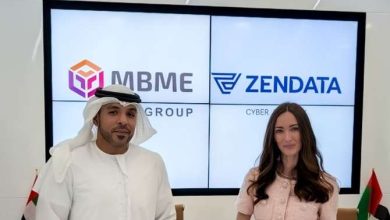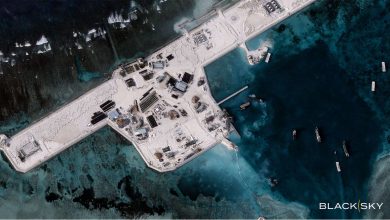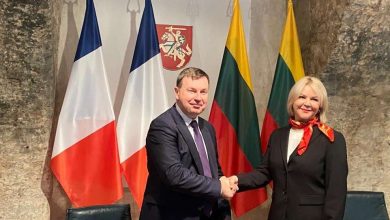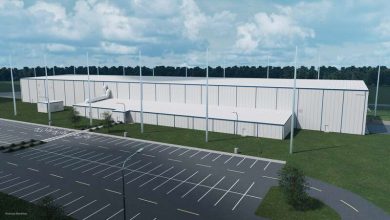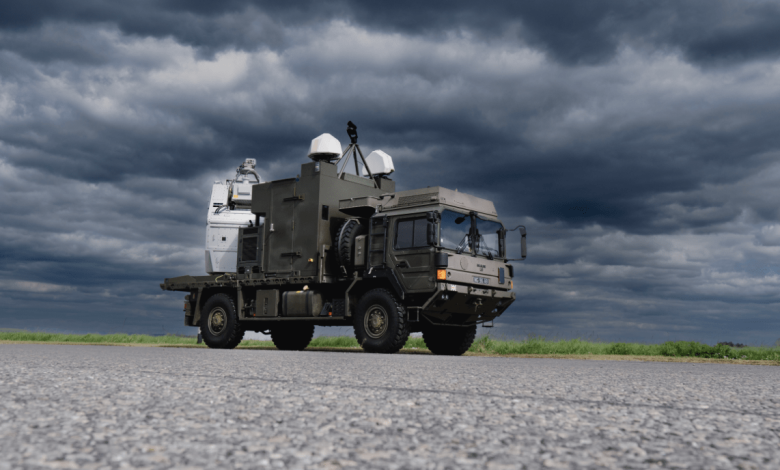
Revolutionizing Air Defense: Strategies for Adaptive Layered Protection
By Ivor, Thales in the UK
The military competition was established during a time of clear-cut threats, where superiority was gauged in quantity and weight. The current battlefield is uneven, rapid, and limitless. As swifter, more fragmented, and less predictable dangers ascend, the notion of surpassing them purely through greater volumes of heavier weaponry becomes increasingly antiquated.
The idea of an arms race presupposes a conclusion, but in a landscape of shifting, multi-directional threats, that belief is no longer valid.
Relevance, not supremacy, is the new benchmark for aerial dominance
On the modern battleground, a strategic edge can diminish within weeks. In Ukraine, where countermeasure phases are swift and systems advance in near real-time, a capability that requires excessive time in transit may already be outdated upon arrival. What is essential isn’t the quantity of the capability, but its speed of delivery, adaptability, and the degree to which it integrates.
This evolving operational reality has extensive consequences. Contemporary threats – ranging from hypersonic glide vehicles and autonomous drone swarms to smaller, swifter loitering munitions – have unsettled the foundations of conventional air defense, urging nations to invest in layered systems that offer comprehensive protection – a shield safeguarding personnel both overhead and ahead. In the UK’s instance, as detailed in its 2025 Strategic Defence Review, £1 billion is allocated for Integrated Air and Missile Defence (IAMD).
Whether this funding transitions promise into tangible deterrence hinges on how prepared, pertinent, and interconnected those capabilities truly are. This frequently entails modifying existing resources instead of racing to substitute current capabilities with the latest technology that could be outmaneuvered and outgunned before they exit the production line.
Technical cohesion as a strategic asset
By modification, I refer to embedding resilience into current systems and platforms by ensuring they can communicate, adjust, and react collectively – aiding operators in doing the same.
While I want to avoid redundancy, I must stress a point raised in my earlier piece: just as no singular service, government, or nation can combat the multitude of threats they confront in isolation, no single product, capacity, or solution can equip these entities with all they need. Diverse threats necessitate integrated, multilayered solutions that function seamlessly not only within but also across Front Line Commands, across allied nations, domains, borders, and time zones.
A NATO partner that transcends collaboration to become genuinely integrated – competent, for instance, in launching another’s missiles – is one capable of reacting swiftly, adapting on-the-go, and transforming interoperability into a real-time strategic edge. This way, nimble, agnostic technical integration promotes the Integrated Force envisioned in the SDR’s perspective for 2035 – one that “deterrents, combats, and prevails through continual innovation at wartime speed.”
Better interconnected and defended, allied armed forces can attain a competitive advantage that remains unattainable for autocratic opponents characterized by centralized, top-down control. They can harness the creativity and expertise of decision-makers at every echelon by equipping them with the agility, capability, and authority necessary to act quickly and strike first, supplemented by integrated capabilities that can adapt to any mission and be upgraded as the threat evolves.
Integration in practice: the ACE benefit
In collaboration with L3 Harris Technologies, Thales is creating an integrated short-range air defense (SHORAD) Command and Control (C2) functionality.
This new feature incorporates L3Harris’ Target Orientated Tracking System (TOTS) into Thales’ Agile C4I @ Edge (ACE) framework to improve C2 functionalities. This aggregates, merges, and correlates information from sensors and effectors throughout the battlefield, offering a unified operational view and expediting decision-making.
Cultural evolution as a lasting, adaptive advantage
Such functionalities are only as effective as their perceived effectiveness. In the absence of a clear understanding of their role within the broader kill chain, decision-makers may find it challenging to deploy them effectively. Without the necessary training and support, end-users likely won’t champion their adoption, instead allowing them to collect dust while favoring familiar tools.
This is why discussions about effective technical integration must commence with an introduction that tackles the crucial cultural transformation: the mindsets, behaviors, incentives, and partnerships that are just as vital as the technology itself.
To initiate this, suppliers and clients must collaborate closely to cultivate a deeper comprehension – from the industry’s viewpoint – of what is required to drive change in the correct direction, at the appropriate pace. The mutual sense of trust and shared intention at collaborative centers like Thales’ facility at Thorney Island is a testament to what can be achieved when the gap between industry and defense is bridged. Here, our engineers, including some former service members, work alongside MoD teams: training new air defenders, refining systems, and collecting feedback from real-world experiences to ensure every solution is rooted in operational realities.
As service provisions go, it ranges from system design and equipment delivery all the way through to mission support. More broadly, it’s the mentality and trust that create a difference: availability, eagerness, dependability, and responsiveness from the industry cultivate proficiency at the front lines, continuity across operations, and a resilient culture: assured, composed, and flexible enough to evolve with the threat.
The unending arms race
New and emerging dangers are persistently overtaking procurement timelines. Traditional air defenses are struggling to keep pace in a scenario where threats multiply and adapt quicker than they can be contained – where neutralizing one danger results in two more emerging in its place. Among it all, the necessity for the UK’s Armed Forces to remain prepared, responsive, and relevant is both an undeniable challenge and a clear objective.
Fortunately, this is not an unattainable goal. What is essential is a shift in mindset from sporadic reinvention to constant development: incremental advancements over complete replacements, cultural flexibility over inflexible processes, and integration over isolation. The UK must not only be prepared for conflict today but also capable of adapting tomorrow with the systems and skills currently in place.



